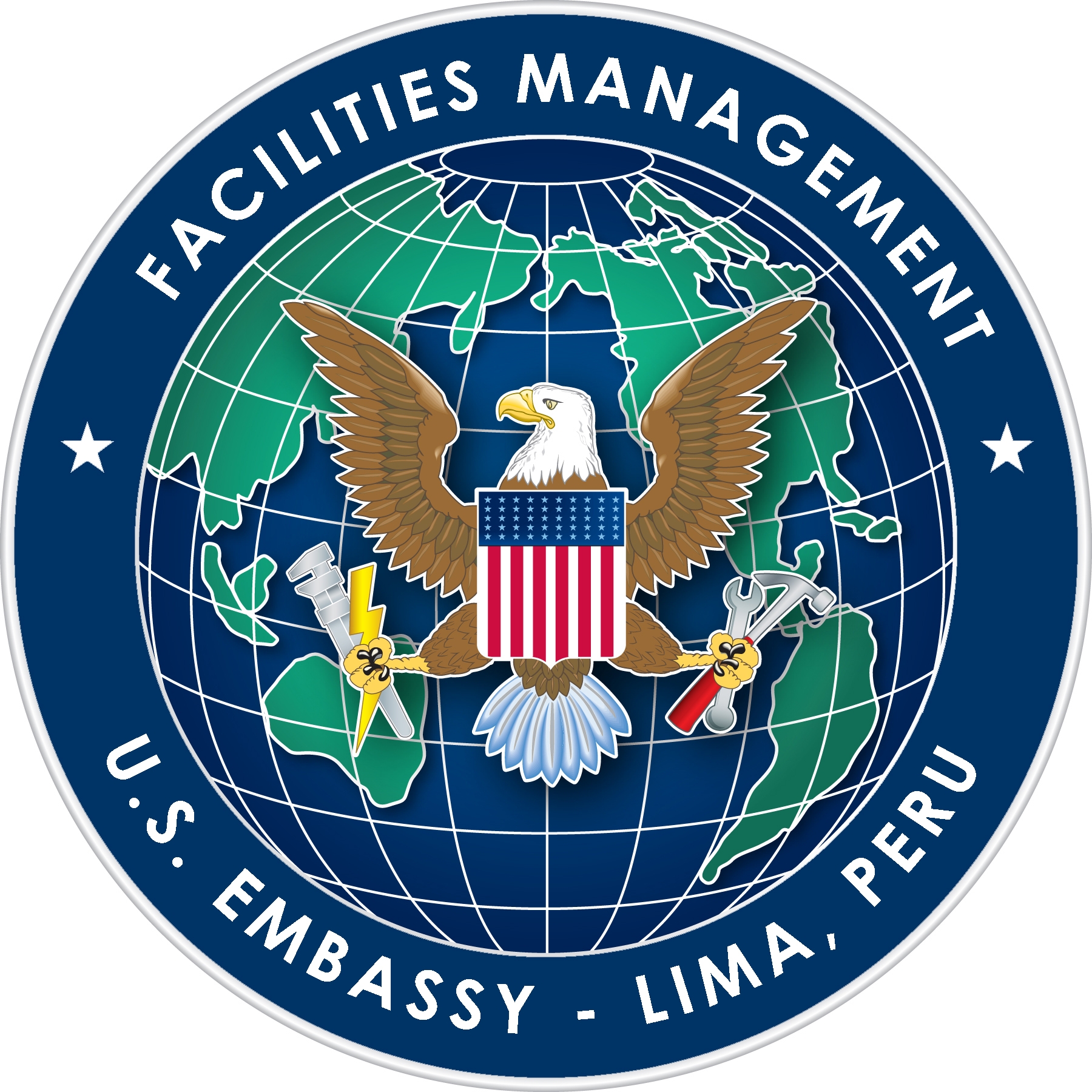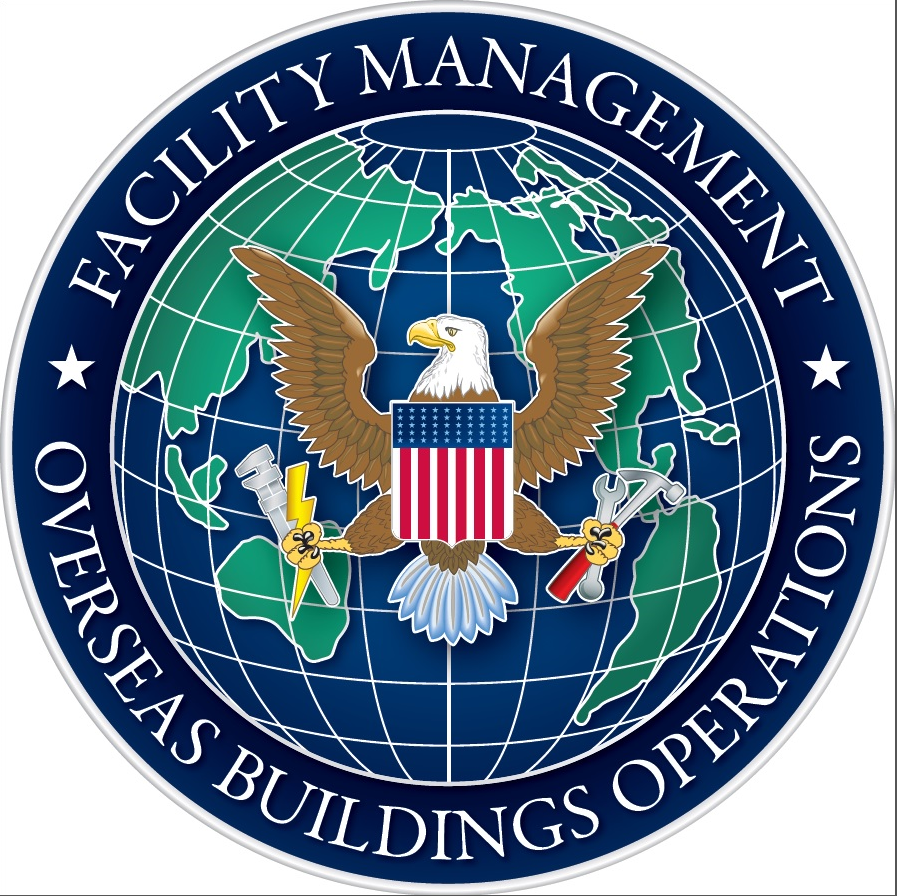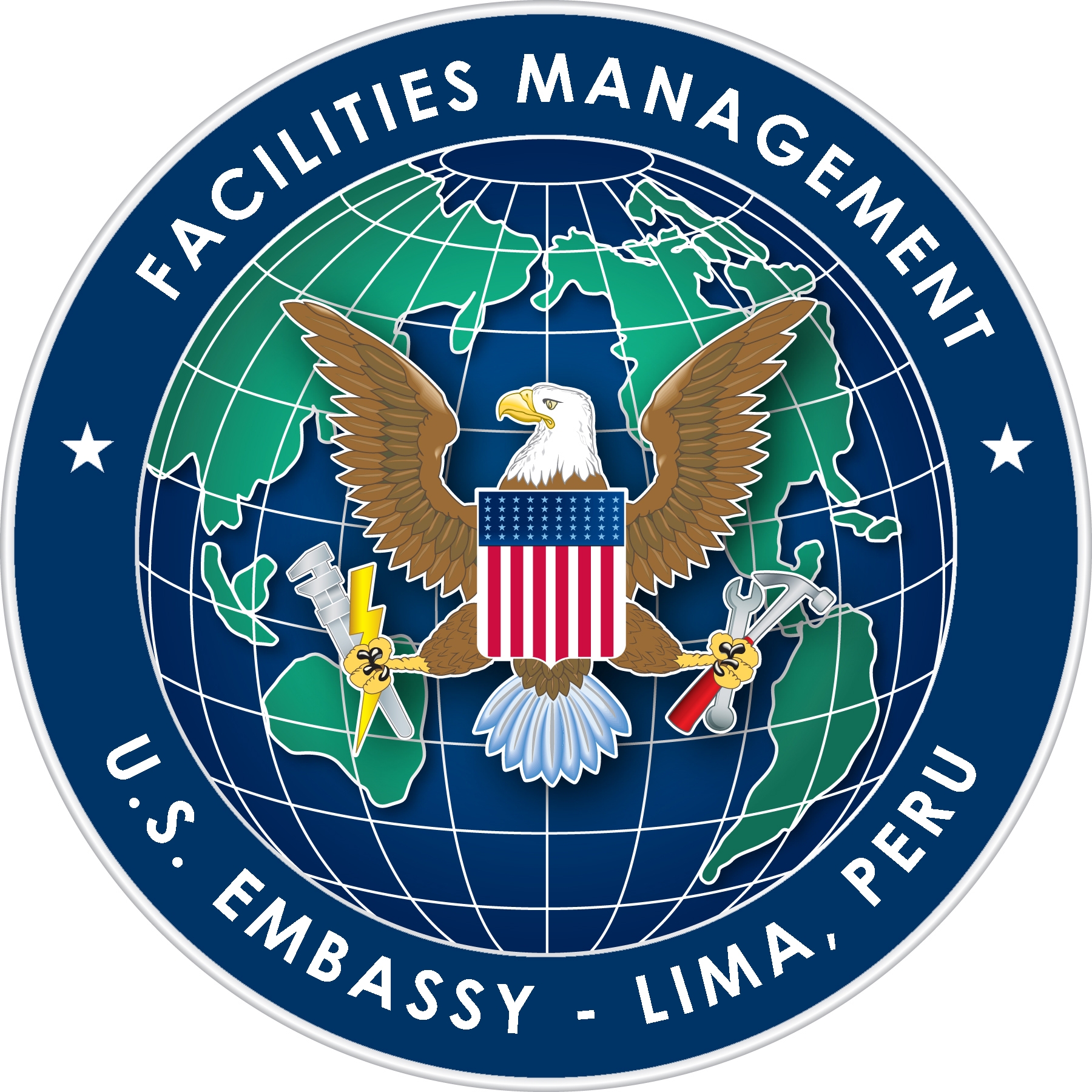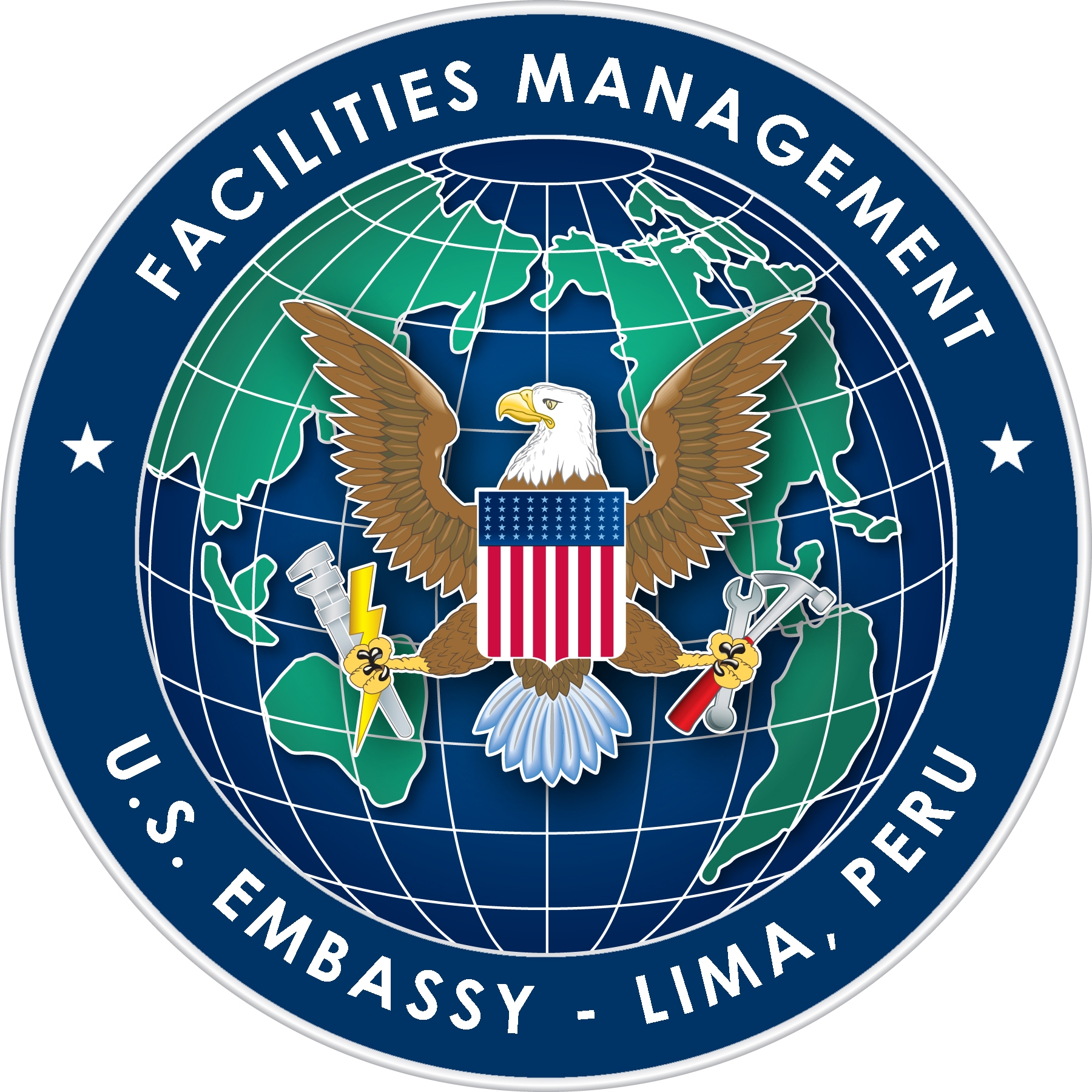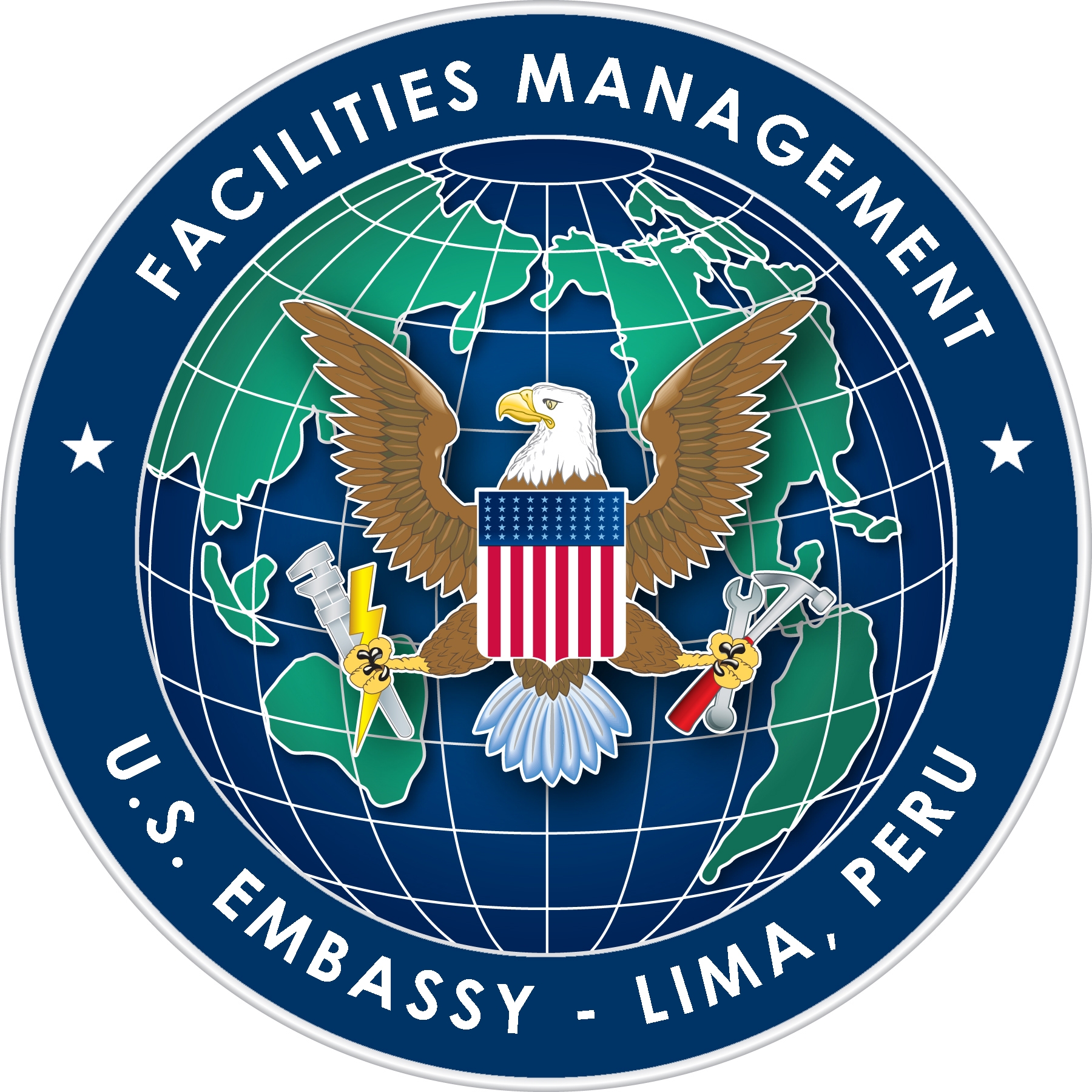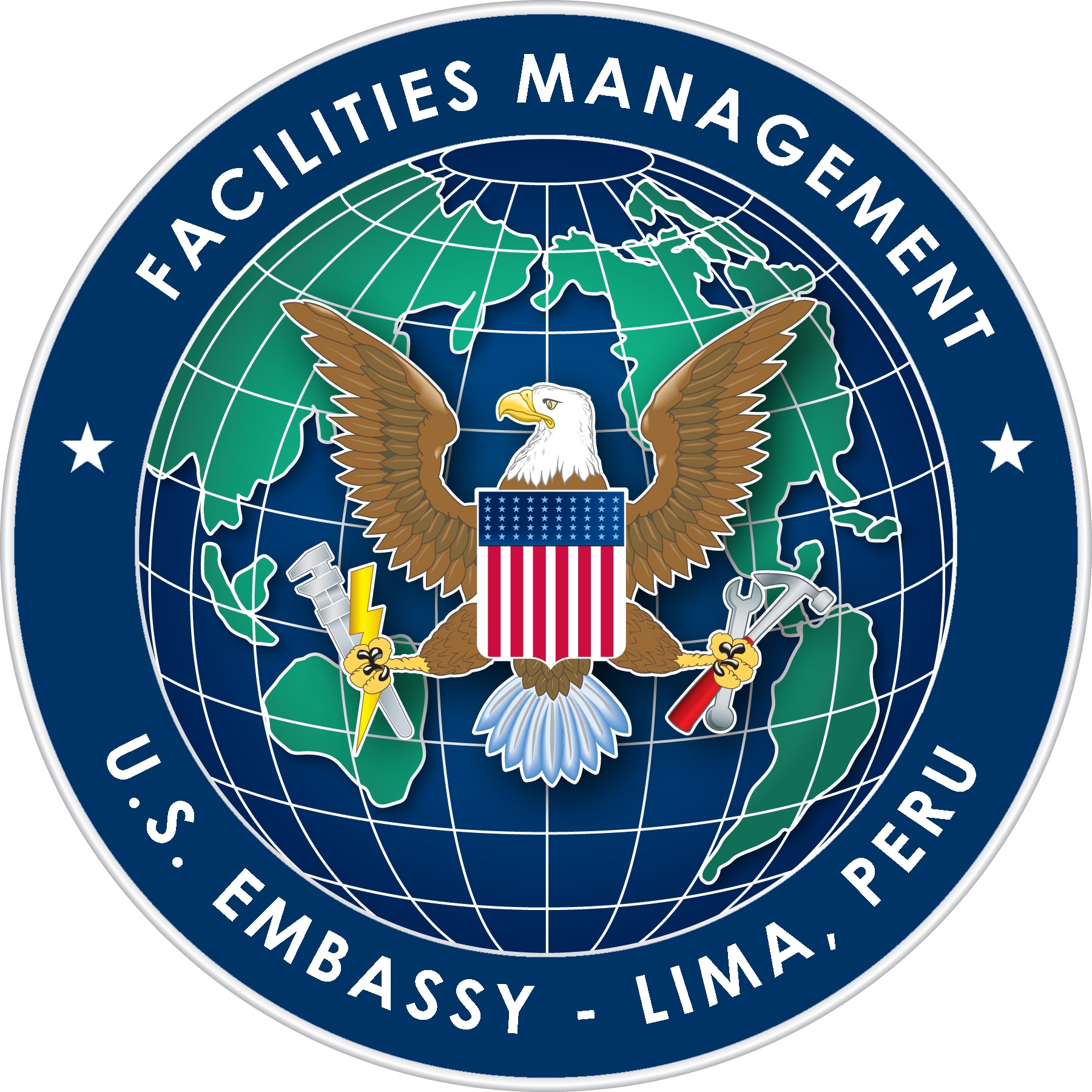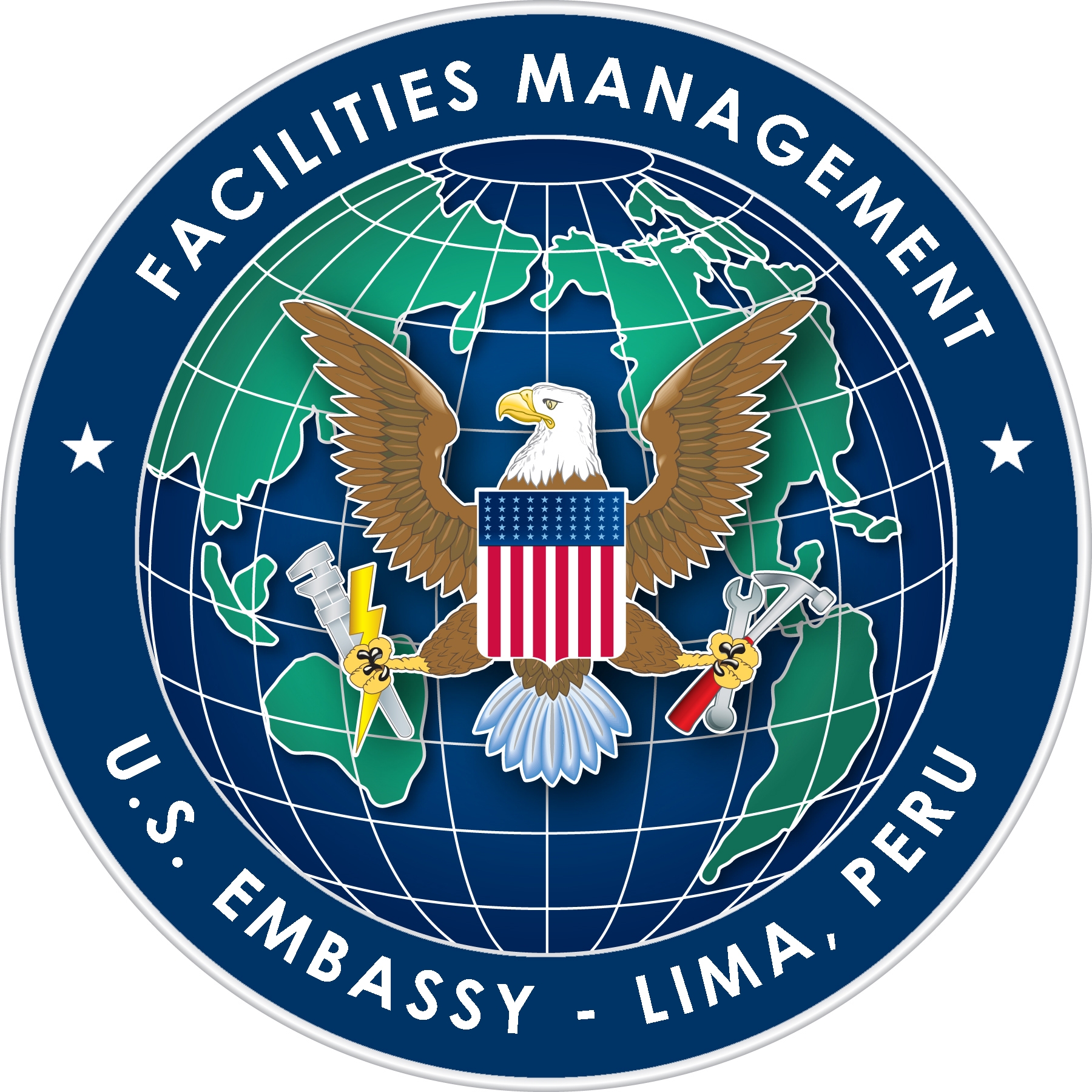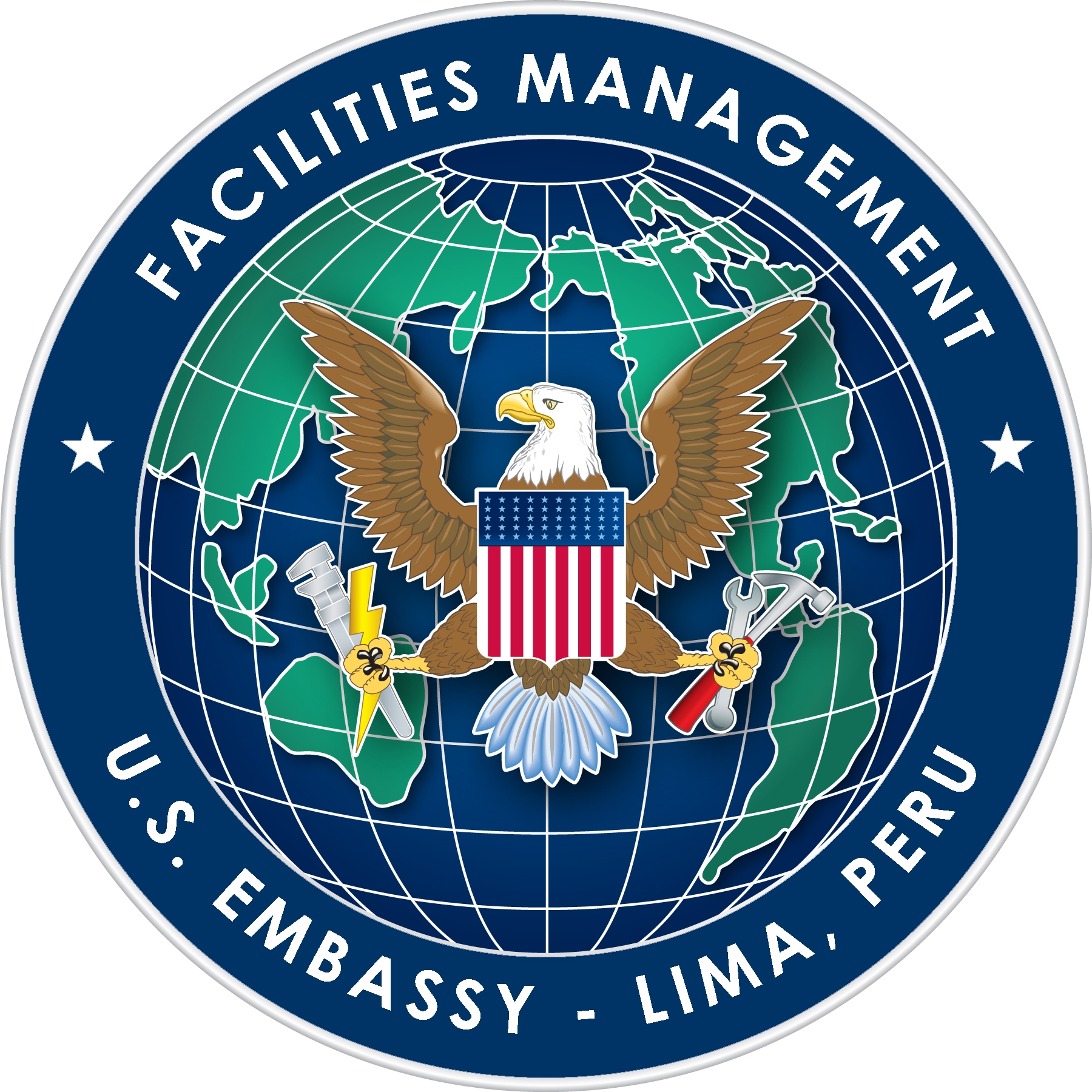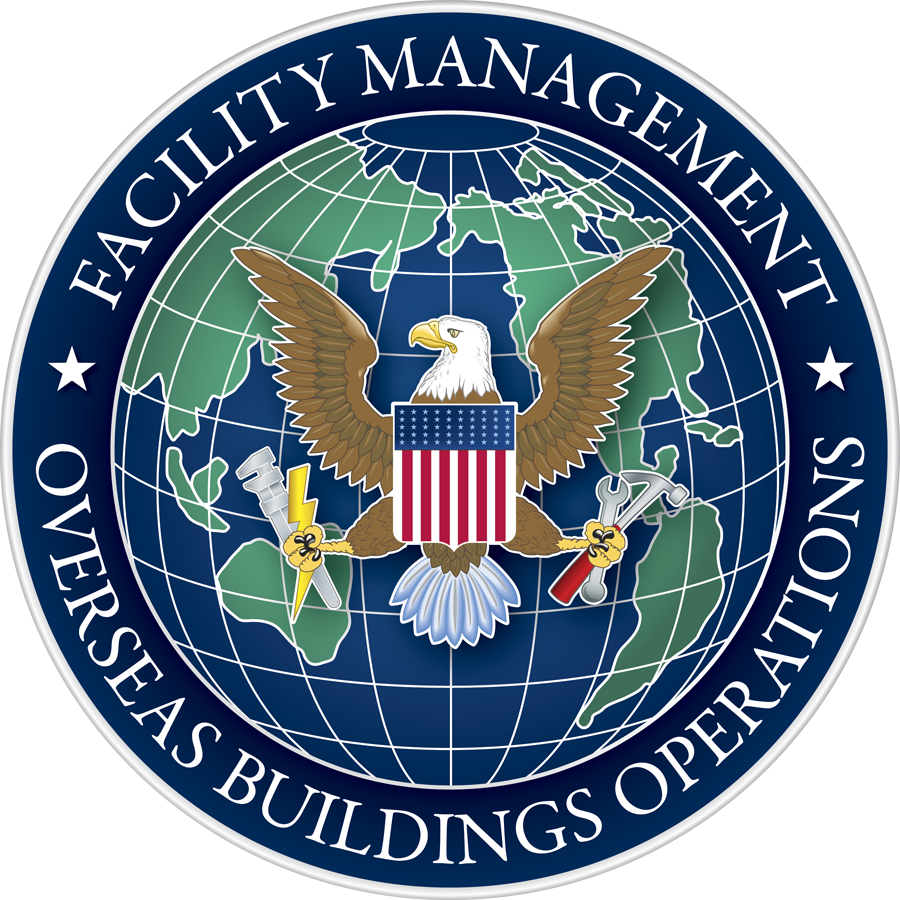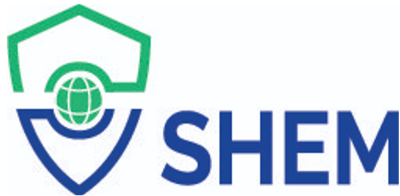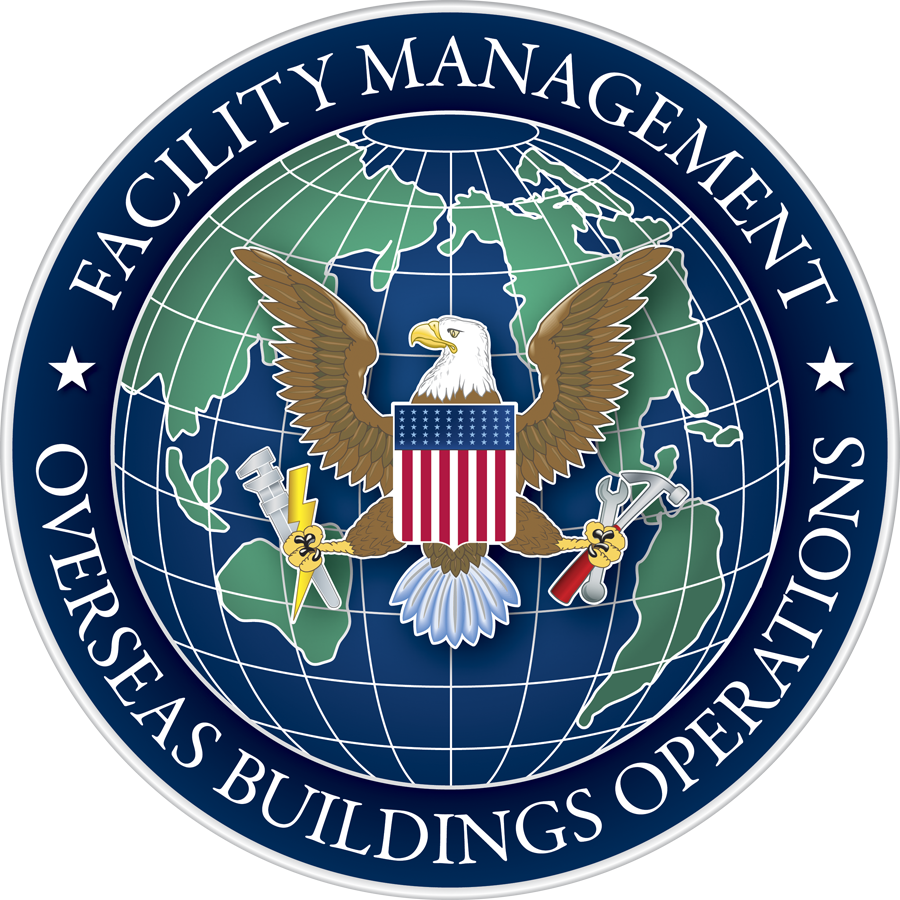Title Page
-
Conducted on
-
Prepared by
-
Location
Fuel Burning Appliances and Equipment - Furnaces, Boilers, Water Heaters, Kerosene Heaters, Space Heaters, Dryers, Fireplaces 15 FAM 252.5
Venting of Exhaust Gases
-
Sample
https://app.safetyculture.io/#/iauditor/templates/template_bba0fff3f8484a59811f6d4f304e6e9e -
outdoors away from intakes and windows
-
chimney and flue constructed and installed properly (per manufacturer))
-
chimney and flue inspected annually and cleaned
-
References: IMC Ch 8 - IRC Ch 24
-
OBO Program Office(s) PDCS/DE/ME - OPS/SHEM
Combustion Air
-
adequate combustion air ducted to unit or
-
unobstructed area large enough to provide adequate combustion air
-
small mechanical areas have sufficient combustion air and ventilation openings
-
no hazardous or flammable vapor sources near combustion equipment
-
References: IRC Ch 24 - IMC Ch 8
-
OBO Program Office(s) PDCS/DE/ME - OPS/SHEM
Operation and Maintenance
-
instructions available for proper operation and maintenance
-
equipment operated and maintained as intended within design limits
-
warning labels (English and local language) present on combustion appliances
-
OBO Program Office(s) CFSM/FAC/OPS/SHEM
Clearance to Combustibles
-
clearance at least 1 m (3 ft) from exhaust flue to combustible materials
-
clearance at least 1 m (3 ft) from equipment to combustible materials boiler and furnace rooms not used for storage areas
-
References: FPG, Section I-6/IMC Chapter 8
-
OBO Program Office(s)PDCS /DE/ME/OPS/FIRE
Fuel Type and Storage
-
fuel used is appropriate for appliance(s)
-
proper type and location of fuel storage container (including tanks)
-
protect fuel storage containers from damage and secure them for protection against weapons of opportunity
-
References: NFPA 30/15 FAM 833/12 FAM 530
-
OBO Program Office(s) PDCS/DE /ME/OPS/FIRE/OPS/SHEM/DS
Carbon Monoxide Alarms
-
carbon monoxide alarm installed, at about eye level, outside of sleeping areas (including household staff) in residences with any combustion appliance (other than cooking oven/stove) or an attached garage
-
References: SHEM CO Alarm Program and website
-
OBO Program Office(s) OPS/SHEM
http://obo.m.state.sbu/ops/shem/Pages/CarbonMonoxideProgram2.aspx
Generators
-
adequate space and, if leased, landlord agrees to the generator
-
placed outdoors as far away as practical and a minimum of 1.5 meters (5 feet) from any building
-
exhaust outlets >= 3 feet from exterior walls and roofs, 10 feet from operable openings into buildings, and 10 feet above adjoining grade
-
if distance and direction of exhaust is not feasible, then extend 3 ft. above the building. (See “Venting of Exhaust Gases” section)
-
References: NFPA 37/International Mechanical Code. Section 501.2.1/ASHRAE 1997 Fundamentals Handbook
-
OBO Program Office(s) CFMS/FAC/PS
Portable Kerosene Heaters
-
single family home use only
-
correct grade of clear kerosene (K-1) fuel stored outside in safety cans
-
refuel outdoors away from sources of ignition, and after the heater has cooled completely
-
set the wick height to the manufacturer’s recommended level
-
chimney is seated properly
-
window opened slightly (e.g., 25mm/1 inch) in the room with the heater
-
do not leave the heater unattended and turn off before going to bed
-
keep the heater at least 1 m (3 ft.) from combustibles unit is operated and maintained according to the manufacturer’s instruction and residents are informed of the instructions
-
carbon monoxide alarms must be placed in dwelling
-
References: FPG, Section F-4
-
OBO Program Office(s) OPS/FIRE /OPS SHEM
Liquefied Petroleum (Propane) Gases (LPG)
Cylinders during use:
-
must be located on the exterior of the building
-
equipped with a pressure regulator having a pressure relief valve
-
upright and securely anchored or chained in place
-
at least 7.6 m (25 ft.) from sources of ignition and 1.5 m (5 ft.) from building openings
Cylinder storage:
-
outside within a fenced enclosure
-
outlet valves closed with cap or cover
-
steel posts or barriers if vehicle damage is possible
-
“No Smoking” signs clearly displayed around the storage enclosure with universal symbols or local language and English
-
Secure tanks to ensure they cannot be used as weapons of opportunity
-
trained employees for LPG installation and cylinder replacement
-
refilled tanks or bottles delivered, no recharging or filling of tanks or bottles at the site
-
References: FPG, Section F-2
-
OBO Program Office(s) OPS/FIRE/PDCS/DE/ME
All Gas Service
-
supply through rigid pipe (iron or steel), or tubing (steel, brass or copper)
-
Exceptions for seismically active areas-see Seismic Safety
-
interior manual shut-off valve accessible and within 1.8 m (6 ft.) of appliance
-
Secured to ensure safe against weapons of opportunity
-
leak detection using soapy water or other means must be conducted over all fittings and connections during cylinder or appliance replacement or anytime supply line work is done
-
References: FPG, Section F-2
-
OBO Program Office(s) OPS/FIRE/PDCS/DE/ME
Fire and Life Safety
Emergency Egress
-
Adequate emergency egress can vary with the type of building. Consult the Fire Protection Guide (FPG) for guidance
-
References: FPG, Sections B-2, B-3, B-4, B-7 and E-1
-
OBO Program Office(s) OPS/FIRE
Maximum Travel Distance to an Exit
-
without automatic fire sprinkler protection: 150 ft. (45.8 m)
-
automatic fire sprinkler protection: 200 ft. (61 m)
-
References: Life Safety Code/NFPA 101/FPG, Section E-1
-
OBO Program Office(s) OPS/FIRE
High Rise Matrix
Real Estate Decision.
-
Lease on Any Floor.
-
Lease at or below 5th floor
-
Lease at or below 6th floor
-
Lease at or below 4th floor.
-
Lease at or below 3rd floor
-
Do Not Lease
-
References: FPG Guide, Section E-1
http://obo.m.state.sbu/ops/fire/Pages/publications.aspx -
OBO Program Office (s) OPS/FIRE.
http://obo.m.state.sbu/ops/fir/SitePages/Home.aspx
Smoke Alarms (updated 2018)
-
each sleeping room
-
corridor leading to bedrooms
-
top of internal stairwells on each floor level
-
placement should be on the ceiling, or alternately on a wall between 4” (10 cm) to 12” (30.5 cm) away from the ceiling
-
check detectors monthly for proper operation
-
References: 15 FAM 841/FPG, Sections E-1 and G-1
-
OBO Program Office(s) OPS/FIRE
https://fam.state.gov/FAM/15FAM/15FAM0840.html
Portable Fire Extinguishers
-
One Department standard 10 lb. (4.45 kg) extinguisher (4-A:40-B:C)
-
Wall mounted in or near each kitchen
-
References: 15 FAM 842/FPG, Sections E-1 and G2
-
OBO Program Office(s) OPS/FIRE
https://fam.state.gov/FAM/15FAM/15FAM0840.html
Alarm Systems
-
several factors influence automatic fire alarm detection and/or automatic fire suppression system requirements
-
consult the Fire Protection Guide (FPG) and contact OBO/OPS/FIRE
-
References: Life Safety Code/NFPA 101/FPG, Sections G-4 and G-5
-
OBO Program Office(s) OPS/FIRE
Lighting
-
apartment buildings or congregate residences with 10 or more occupants: public space, hallway, stairway or other means of egress must have illumination of 1 foot candle power at floor level by emergency lighting
-
if emergency generator is not available to provide emergency lighting, provide battery-packed emergency lights in public spaces, hallway, stair way or other means of egress
-
installed and maintained correctly
-
References: NFPA 70/FPG, Section E-1/NEC Section 700-12
-
OBO Program Office(s) OPS/FIRE/PDCS/DE/EE
Exit Signs
Exit doors in public corridors on floors with sleeping accommodations:
-
illuminated exit signs
-
directional signs if path is not straight or the exit is less than obvious
-
References: Life Safety Code/NFPA 101/FPG, Section E-1
-
OBO Program Office(s) OPS/FIRE
Window Grilles
-
operable from the inside
-
minimum opening: 5.7 ft.2 (0.529 m2)
-
minimum dimension: 24” (61 cm) x 20” (51 cm) and not be more than 44” (112 cm) from the floor
-
bars or grilles must have inside release mechanism
-
References: FPG Sections E-1, B-4 and B-5
-
OBO Program Office(s) OPS/FIRE
WATER Heater protection
Temperature and Pressure Relief Valves
-
Separate temperature and pressure relief valves (PRV and TRV) or combination temperature and pressure relief valves (TPRV) installed
-
TPRV drain piping installed to direct discharge to floor
-
TPRV drain piping is not reduced, threaded at the end and has no uphill runs
-
TPRV drain piping has no other valve downstream of TPRV
-
Water temperature is not above 120 degrees F (49 degrees C)
-
References: IMC Ch 6/IRC Ch 28
-
OBO Program Office(s) OPS/SHEM
Plate glass safety
Tempered/ Safety Glass Locations
-
Entry and exit doors, storm doors, glass sliding doors
-
windows located within 18” (46 cm) of the floor
-
doors and enclosures for bathtubs, showers, sauna
-
stairway enclosures and handrail panels
-
locations listed above without tempered glass, need safety glass or non-breakable replacement materials, or protection with barriers. Doors at ground level may be treated with a Mylar coating or with decals or markings
-
References: IRC Ch 3/IBC Ch 24
-
OBO Program Office(s) OPS/SHEM
ELECTRICAL
Ground Fault Circuit Interrupters
-
installed for wet locations (indoors or outdoors) and all kitchen countertop outlets at the outlet or the circuit breaker:
-
110-volt systems, installed GFCIs trip at 4 to 6 mA
-
220-volt systems, installed GFCIs trip at 10 mA
-
do not install outlets where local code prohibits them in certain wet locations
-
References: FPG, Section F-1,NEC Section 210-8 (a)
-
OBO Program Office(s)/CFSM/FAC/PDCS/DE/EE/OPS/SHEM
Grounding (Updated 2013)
-
an effective grounding system for a typical apartment or house includes a grounding electrode conductor (GEC) to connect the main service ground terminal to a grounding electrode system. Impedance of the ground path for any made electrodes may not exceed 25 ohms, as measured using the 3 terminal resistance measurement method and an earth electrode tester.Verify and, if missing, contact the FIR/FAC Help Desk via e-mail () or call 866-949-6751 for assistance with grounding system installation
-
References: 15 FAM 252.5/FPG, Section F-1/NEC, Section 250
http://arpsdir.a.state.gov/fam/15fam/15fam0250.html -
OBO Program Office(s)/CFSM/FAC/PDCS/DE/EE/OPS/SHEM
Electric Service Supply & Panels
-
missing knock-outs and twist-outs in breaker/fuse panel(s) must have fill plates
-
breaker/fuse panel front working clearance of 30" (76cm) wide x 36" (92cm) deep
-
breaker and fuses labeled as to functionarea served
-
any outdoor service entrance, outlets and switch boxes have weatherproof covers
-
References: NEC, Sections 110, 310 & 400
-
OBO Program Office(s)/CFSM/FAC/PDCS/DE/EE/OPS/SHEM
Circuit Capacity
-
review usage and capacity and avoid excessive electrical loads. Verify that the following most commonly used branch circuit connectors in residences are protected by fuses or circuit breakers having trip elements not larger than:
-
Wires (Comparable U.S. Wire Size)
-
1.5 mm2 (smaller than #14 AWG, 15A)
-
2.5 mm2 (smaller than #12 AWG, 20A)
-
4 mm2 (smaller than #10 AWG, 30A)
-
6 mm2 (smaller than # 8 AWG, 50A)
-
10 mm2 (smaller than # 6 AWG, 65A)
-
16 mm2 (smaller than # 4 AWG, 85A)
-
References: FPG, Section F-1 and F-3/NEC Sections 210, 220 and 310
-
OBO Program Office(s)/CFSM/FAC/PDCS/DE/EE/OPS/FIRE/OPS/SHEM
Fall Protection
Railings
-
installed on all porches, balconies and raised floor surfaces more than 30" (76cm) above the floor or grade below
-
sturdy supports (balusters) with no openings larger than 4" (10cm) and bottom of railing assembly no more than 4" (10cm) from the floor
-
top of railing is 42” (107cm) or more from floor or grade level
-
installed handrails, typically for stairways, at 34-38 inches and guardrails at a minimum height of 36 inches (42 inches is recommended) for balconies, decks, elevated patios, and other similar structures for family and duplex housing units. Guardrail installation at apartments and representational areas open to the public must be 42 inches high. Guardrails are required where the fall would be greater than 30 inches and must not have openings of greater than 4 inches
-
References: IRC Ch 3/IBC Ch 10
-
OBO Program Office(s)/PDCS/DE/OPS/SHEM
Stairs and Handrails
-
steps have evenly-spaced risers
-
any open risers between steps do not have an opening larger than 4" (10cm)
-
where there are 4 or more risers (steps), at least one handrail installed (right-side descending preferred) for any enclosed stairway. For stairs open on one or both sides, a handrail is installed on the open side(s). Installed handrails are 34-38” (86 cm) from the top of the stair tread nosing and can withstand a force of 200 lbs. (91 kg) in any direction
-
for open stairways, supports (balusters) no more than 4" (10cm) apart
-
References: IRC Ch 3/IBC Ch 10
-
OBO Program Office(s)/PDCS/DE/OPS/SHEM
Homes with Small Children
-
latching device on windows allows opening no more than 4-5” (10-13cm), but window remains operable
-
furniture away from windows and railings
-
OBO Program Office(s) OPS/SHEM
Swimming Pools
Barrier and Safety Equipment (Updated 2018)
-
A non-climbable isolation barrier (fence, wall, etc.) ≥ 4 ft. (122cm) minimum height surrounding the pool that prevents direct access from living areas and excludes ancillary activities (e.g., barbecues, bars, ping pong tables)
-
self-closing, self-latching, lockable hardware on all access points (gates/doors) with latch release ≥ 54” (137cm) . Alternatively, the latch release can be on the pool side of the gate if ≥3 inches (7.6 centimeters) below the top with no opening >½ inch (1.3 cm) within 18 inches (4.5 cm) of the release
-
rescue equipment available (shepherd’s crook, pole, ring buoy) and in plain view
-
depth markings and no diving indicated. Safety rules posted at community use pools and residential use pools that are used as community use pools, i.e., CMR, MSGR
-
first aid kits and emergency communication means for community use pools and residential use pools that are used as community use pools
-
outlets equipped with Ground Fault Circuit Interrupters (GFCI) and covers
-
pool chemicals stored separate from other materials in a cool, dry, ventilated area with restricted access
-
References: 15 AM 957.4/SHEM Resource Guide/Section 10.2 Swimming Pool Safety Standard/SHEM website.
http://obo.m.state.sbu/ops/shem/Pages/SPSPhome.aspx -
OBO Program Office(s) OPS/SHEM
ELEVATORS
Elevator Lobby & Car
-
all elevator cars have functional doors independent of shaft doors
-
elevator doors (car & shaft) reverse direction when an object is either contacted by the leading edge of the door or detected by an electronic door protection device
-
all external car operating features, lobby controls and hardware are intact and function properly
-
car operating buttons, including the emergency alarm button, function properly
-
car lights are on and bulbs or tubes are secure
-
car service panel is locked
-
car emergency phone is connected to a 24-hour operator and car’s audible signals are operating
-
all door mechanisms are enclosed to avoid pinch/shear points
-
References: Building Transportation Standards and Guidelines NEII-1-2000
-
OBO Program Office(s) CFSM/FAC/PS
Machine Room & Maintenance
-
machine room access door is locked and keys stored securely
-
good housekeeping, no trash, not being used as a storage area, no excessive oil leaks, control cabinet(s) intact
-
illumination is adequate to perform inspection
-
ABC fire extinguisher located in machine room
-
temperature is not above 120 degrees F (49 degrees C)
-
elevator is under a service contract and service logbook is utilized and up to date
-
elevator has a current safety certificate
-
References: Building Transportation Standards and Guidelines NEII-1-2000
-
OBO Program Office(s) CFSM/FAC/PS
Environmental
Air Pollution (for Level 1 or higher air pollution posts) 2018
-
15 FAM 900 (Pending)
-
at least 150 m away from major roadway (recommended)
-
no other nearby air pollution sources [e.g., drycleaner or large fueling station (14M l/year) within 100m]
-
property barrier and vegetation (recommended)
-
centralized air filtration (otherwise room air cleaners may be needed)
-
References: 15 FAM 900/Air Quality Hub
http://cas.state.gov/AIRQUALITY/ -
OBO Program Office(s) OPS/SHEM
Asbestos
-
acquisitions: asbestos inspection conducted and impact of asbestos determined
-
asbestos materials identified and maintained in good condition
-
maintenance and minor renovations avoid disturbance of asbestos materials
-
if asbestos material is to be disturbed, it is removed properly and records of removal and disposal are maintained
-
References: OBO Directive FAC001/ Post Asbestos Management Plan/SHEM Resource Guide - Section 10.1
-
OBO Program Office(s) CFSM/FAC/OPS/SHEM
Leaded Paint
-
only lead-free paint is applied
-
paint in good condition with minimal damage
-
paint sampled prior to renovation or major maintenance work
-
leaded paint removed prior to start of work or minimize disturbance
-
References: ALDAC 93 State 120625/Leaded paint hazard program/SHEM website
http://obo.m.state.sbu/ops/shem/Pages/Pb_topic_pg.aspx -
OBO Program Office(s) OPS/SHEM
Pesticides
-
building conditions or location not inviting to common local pests
-
no history of chronic pest problems or extensive pesticide use
-
willing and capable to implement Integrated Pest Management (IPM) program in USG occupied space
-
habitats and attractants to common pests avoided
-
self-help measures to control pests (if control measures are not effective)
-
professional pesticides only as a last resort and limited to Department-authorized products
-
References: Program document and SHEM website
http://obo.m.state.sbu/ops/shem/Pages/IPM2.aspx -
References: 15 FAM 957.2/IPM
http://fam.a.state.gov/fam/15fam/15fam0950.html -
OBO Program Office(s) OPS/SHEM
Drinking Water Quality
-
tap water is potable (microbiologically safe and within acceptable contaminant levels listed in the Department’s drinking water standards)
-
if tap water is not potable, then supplemental means (e.g., point of use device such as a distiller) are used to render the water potable and quality control monitoring is done
-
References:15 FAM 957.5/Safe Drinking Water Program document
http://fam.a.state.gov/fam/15fam/15fam0950.html -
OBO Program Office(s) OPS/SHEM
SEISMIC ISSUES (FOR POSTS IN SEISMIC ZONES 2 OR HIGHER)
Seismic Safety
-
avoid seismically unsafe structures
-
propane tanks, kerosene heaters: use flexible connections to the tank and anchor storage tanks to the ground
-
Water heaters, propane (LPG) gas cylinders and natural gas:
-
use flexible, metallic connections for water and gas lines
-
use metal straps which are bolted using expansion bolts to a masonry wall, or lag bolts to a wood stud wall, at the top and bottom of the water heater and propane cylinders
-
block in space between water heater and wall to prevent rocking tall, heavy furniture such as bookcases should be secured to prevent sliding or tipping, using L-brackets or other device and remove casters or wheels to prevent rolling
-
check for weaknesses in chimneys such as damage or missing bricks and install plywood above ceiling joists to keep bricks from falling through
-
ensure cabinet latches are strong enough, especially in the kitchen, to prevent contents from falling out; install safety latches for added security
-
brace and bolt storage racks and shelves to the floor and walls and secure contents so they can’t slide off
-
References: 15 FAM 252.6 Natural Hazards Safety Guidance
http://arpsdir.a.state.gov/fam/15fam/15fam0250.html -
OBO Program Office(s) PDCS/DE/CSE/Natural Hazards Programs
OTHER INFORMATION
FAC TEAM
-
Add signature
-
Add media
-
-
